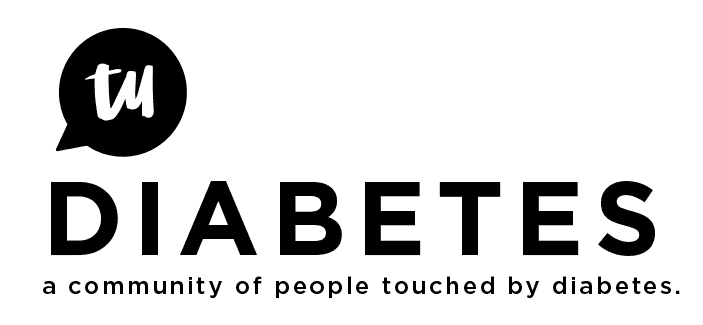Shooting for perfect and settling for excellent is a viable tactic for me. I don’t think, however, that I’ll ever run more than three or four days 100% TIR. But that’s just me.
I was slow to join this discussion since I’m aware of the negative feelings it can induce in some members. It’s held me back many times from sharing glucose management success.
Let me assure you that I do still live with T1D and I do struggle with management on some days. This birthday dessert of two scoops of vanilla gelato with a few blackberries and blueberries not only drove me high that evening but led to a poor night’s sleep and it took me two more days to rein-in the glucose variability. This is a lesson I’ve learned many times, but I was suckered into thinking, this time will be different! Live, learn and move on.
In addition to managing all the built in vagaries of managing blood glucose with the coarse tool of subcutaneously-delivered insulin, we depend on glucose monitors that can suffer inaccuracy.
On Saturday, August 7th, I enjoyed great BG management with the exception of a 15-minute period just before 11:30 am where Dex reported 56-54-58 data points. When the sub-55 alarm was triggered, I did a finger-poke and it showed 73.
Anyway, I’ve enjoyed a great run the last three days even though I didn’t hold the TIR (60-180) at 100%. I’m more than happy with these results.
Here are the glucose traces for the last three days.
This day included the 2-hour warm-up period for a new sensor. I am fortunate to enjoy great access to CGM supplies and I now change my sensor every 10 days. Pre-soaking (the new sensor was pre-soaked 20 hours) irons out most of the first-day erratic readings but I always depend on several fingers-sticks on day one to closely manage the CGM accuracy.
Last night’s overnight numbers are a good demonstration of the power of automated insulin delivery through the night. (I hear you, @DrBB, I lean on the algorithm a lot and wonder how I managed without it!) When settings are well-set (background basal rates and insulin sensitivity factors, in particular) the Loop algorithm does an excellent job while I can concentrate on the crucial pursuit of getting a good night’s sleep. Loop permits me to target 83 and that usually lands me on average in the 90s.
I think managing glucose during the night is one of the strongest features of any automated insulin delivery system. I’ve only ever used the DIY Loop system with an old MiniMed pump, but I’ve seen good overnight reports from people using other systems. When you wake up to readings like this, it makes it so much easier to enjoy a good full-day performance.













